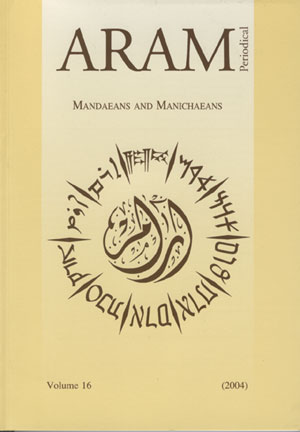 previous article in this issue previous article in this issue | next article in this issue  |

Preview first page |
Document Details : Title: The Mosaics of the Qubba al-Zahirayya in Damascus Subtitle: A Classical Syrian Medium Acquires a Mamluk Signature Author(s): RABBAT, Nasser Journal: ARAM Periodical Volume: 9 Issue: 1-2 Date: 1997 Pages: 227-239 DOI: 10.2143/ARAM.9.1.2002176 Abstract : Glass mosaic was a luxurious medium of decoration around the Mediterranean in regions that either belonged to or were influenced by Byzantine artistic traditions. It also played a major role in the ornamentation of Umayyad architecture of the seventh and eighth century. It was profusely applied on the walls of commemorative monuments in all major urban centers and many palatial retreats in the countryside. After the fall of the Umayyads in 750, mosaics seem to have been slowly abandoned in favor of other decorative techniques, save for a few consciously historicizing examples, such as those of the Cordoba Mosque in Umayyad Spain (ca. 961), and the routine repairs of the remaining Umayyad monuments in Syria and Palestine. Then, sometime during the thirteenth century, the medium made a forceful reappearance in Mamluk architecture before it totally disappeared for unknown reasons by the middle of the fourteenth century. During that short period, at least seventeen buildings have been recorded that had been adorned with mosaic in Cairo (8), Damascus (3), Jerusalem (3), Hebron (1), and Tripoli (2). |
|


